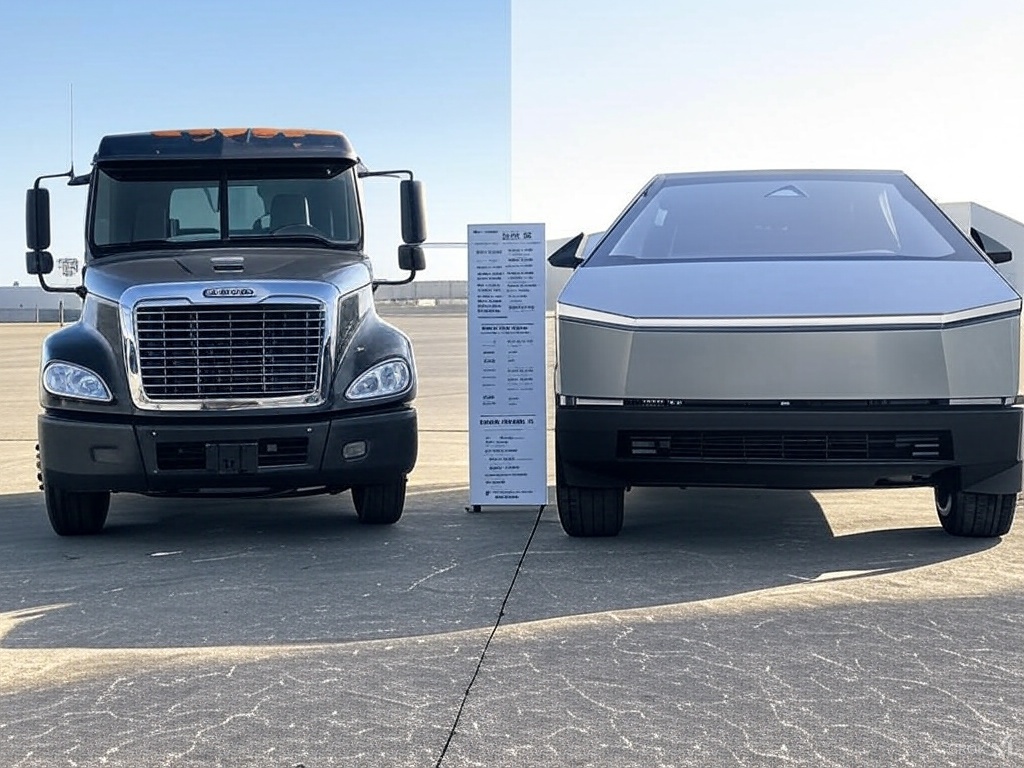The first Tesla Model S rolled off the assembly line in Fremont, California on June 22, 2012, signaling the beginning of the electrification era. Back then, the technical value proposition for an electric car wasn’t strong, but now with more than 10 years of development, has the electric car industry made enough significant strides in technology to product an electric vehicle with more pros than cons? In this article we’ll explore the top offerings and their comparisons to traditionally fueled vehicles.
Comparison: Fueling, or “filling up” electric vs gas
The charging time for an electric car depends on the level of the charging device, measured as:
- Level 1: Usually takes 24 hours or more for a full charge. (Standard home outlet)
- Level 2: Can charge a BEV from empty in 4-10 hours. (Standard home charger)
- Level 3: Also known as direct current fast charging (DCFC), this can charge a vehicle from empty to full in about 30-60 minutes. (Public chargers)
In every case, the electric car is slower to charge than it is to fill up a gas car.
There are however perks to charging a car, being that a station visit is not necessary for fill-ups – as long as the electric car doesn’t leave a certain radius of approximately one city only.
The environmental impact of electric vs gas cars

In the production phase, EVs have a large upfront footprint. Mining rare earth metals takes a toll on the environment and uses more water. EV production produces 50-70% more greenhouse gases, mostly due to the battery.
In the use phase, EVs excel in relation to gas cars, even with our grid being still mostly fossil fuels, they produce approximately 50% less emissions than gas cars.
The global mining truck market is dominated by diesel-powered trucks, which held over 83% of the market share in 2023, according to industry reports. The next largest industrial truck power source is natural gas, a cleaner fossil fuel, but still not meeting the zero emissions goals of climate activists. Electric accounts for 5% or less of market share, and unfortunately can’t compete with carbon fuels.

“The Elektro Dumper—eDumper for short—made by Kuhn Schweitz, is based on a Komatsu HB 605-7: 30 feet long, 14 feet wide, and 14 feet tall.” source
Once the practicality of electric industrial equipment is improved, regenerative braking is a power-generating method that can be implemented effectively. The impacts of this technology on mines has already been thoroughly studied, with a Swiss quarry operating a modified Komatsu HB 605-7. The “Elektro Dumper” has a 600 kWh battery pack, compared to the Tesla Model S’ longrange 100 kWh battery pack. The truck descends the hill with 65 tons of ore, capturing more than enough energy from the ore’s potential energy with regenerative braking to make it back up the hill empty, then weighing only 45 tons.
In the end of life phase, battery disposal is still a wildcard that needs improvement. Batteries risk leeching toxins if disposed improperly. Repurposing batteries for energy storage is gaining traction, which could offset some impact. However overall, gas cars win due to the dangers of EV batteries.
Use Cases

Perhaps the most important consideration, aside from cost, is the use case. For commuting and people hauling, EVs are a fine choice. For industrial or light industrial work, EVs lose out. EVs currently aren’t capable of being use for 99% of blue collar jobs such as contractors, landscapers, etc. Jobs where hundreds of miles are driven and thousands of pounds of items are hauled or towed are not yet capable by EVs. Combined with being tied to the electrical grid, EVs are constrained to homeowners located in suburbs and cities.
Diesel semi trucks are currently safe from being replaced by electric trucks. Currently, electric semis have about 30-50% the range of diesel. A non-starter when it comes to the competitive market.

Big Picture
EVs Win Long-Term: Over a full lifecycle (150,000 miles), EVs edge out gas cars on emissions—often by 20-50%, depending on how clean the electricity is. In places like Norway (90% renewable grid), the gap’s huge. In coal-heavy regions, it narrows, but EVs still tend to pull ahead as grids decarbonize.
What’s Best for the Average Consumer?
EV: If you drive 50 miles or less daily, have home charging, and plan to keep the car 5+ years, EVs save money and hassle. Tech-savvy folks or city dwellers love the quiet ride and green cred.
Gas: If you can’t spend the premium purchase price, you drive long distances often, need to tow or use a pickup bed for work, or live where chargers are scarce, gas cars win on cost and convenience. They’re the no-fuss pick for now. In fact, most EV drivers also have a gas car.
For a comparison of two of the most popular mid-sized suv models, check out this comparison of the Jeep Grand Cherokee vs Tesla Model Y from carsguide Australia.


